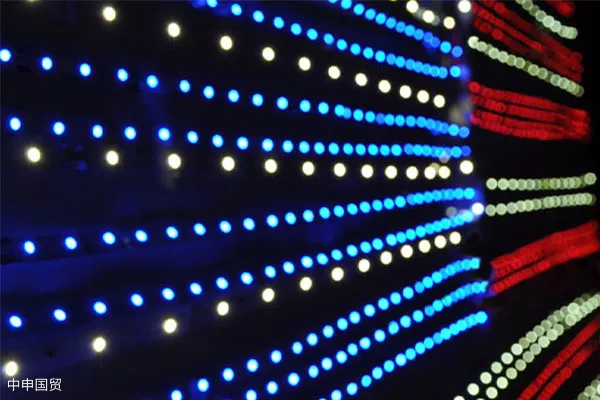- Shanghai Zhongshen International Trade Co., Ltd. - Two decades of trade agency expertise.
- Service Hotline: 139 1787 2118
In this era of rapid technological advancement, light-emitting diodes (LEDs) have become a favorite in the lighting and display fields due to their energy efficiency, environmental friendliness, and long lifespan. With the widespread application of LED technology, the customs classification and tax rates for imported LED products have become a focal point for many importers and manufacturers. Here, we will delve into the tariff rates and customs declaration requirements for imported LEDs, hoping to provide valuable insights.

I. Tariff Adjustments and Classification Analysis
With the continuous advancement of LED technology, customs classifications for LED products are also being updated. The 2022 version of the Harmonized System has adjusted the headings for LEDs, mainly including the following two categories:
Light-Emitting Diode (LED) Devices:These products refer to individual electrical components containing one or more LED chips, which may include optical elements, thermal contacts, mechanical joints, and electrical interfaces. Such goods fall under subheading 8541.4100 in customs classification and may include protective diodes and other components.
Light-Emitting Diode Assemblies:These assemblies consist of LED devices or chips mounted on printed circuit boards. Before 2022, such goods were typically not classified under heading 85.41. However, after the 2022 revision, LED assemblies with an LED chip + PCB board structure are explicitly classified under subheading 8541.4100. Note that these assemblies must not include rectifiers for converting AC to DC or voltage regulation circuits for adjusting DC voltage.
II. Commodity Tax Rates
Under the current tariff system, the most-favored-nation (MFN) tax rate for imported LEDs is 0%, while the general tax rate is 30%, and the VAT rate is 13%. These rates apply to LED products classified under 8541.4100. For importers, understanding the correct tax rates is crucial for cost calculation and pricing strategies.
III. Classification Risk Analysis
Although most LED products operate on similar principles, they may be classified under different headings due to differences in hardware configuration and market applications, leading to classification errors. Below are some common scenarios:
LED modules vs LED bulbs/tubes:LED products classified under heading 85.39 differ from those under 85.41 primarily in whether they include rectifiers for AC-to-DC conversion or circuits for regulating DC current/voltage. LED modules with regulation circuits should be classified under 85.39, while LED bulbs/tubes, which typically include rectifiers for AC adaptation, are also classified here.
LED lighting devices:Technological advancements have led to various LED-based lighting devices. If such products include lamp holders, switches, or other components, they should be classified beyond 85.41 and instead under other relevant headings, such as 94.05, based on their structure and intended use.
Special LED Modules:For example, superluminescent LED modules, due to their structural and application characteristics, should be classified under subheading 8543.70 rather than 85.41.
Understanding these classification rules and risks is crucial for importers. Correct classification ensures smooth customs clearance and avoids unnecessary tax and legal risks. During customs declaration, detailed descriptions of the products technical features and application scenarios should be provided, along with technical documentation and physical samples if necessary, to assist customs in accurate classification.
Related Recommendations
? 2025. All Rights Reserved. Shanghai ICP No. 2023007705-2  PSB Record: Shanghai No.31011502009912
PSB Record: Shanghai No.31011502009912










